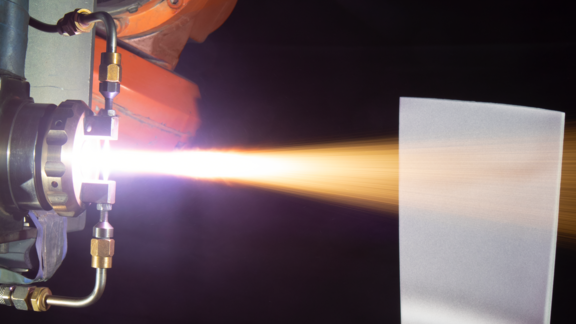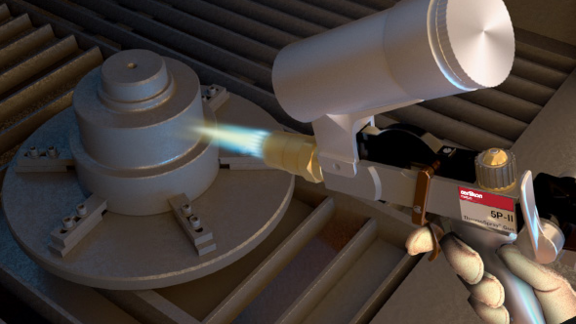Although dynamic systems rotating at high speed are designed to ensure concentric rotation, over time slight eccentricities can occur. Additionally, the inertial properties of rotation and thermal expansion can cause the turbine blade growth or a hard landing or maneuver loads in an aircraft can cause an unexpected occurrence of a fast blade incursion into the stationary component. It is therefore often necessary to design a gap between the rotating and stationary components of the system.
For gas turbine engines, such gaps in the gas path represent a loss of efficiency. A space of 0.125 mm (0.005 in) between the engine compressor blades and the outer casing can increase fuel consumption by 0.5%. Clearance control technologies minimize gap size by utilizing a surface that will abrade preferentially when contact is made with a mating part.



